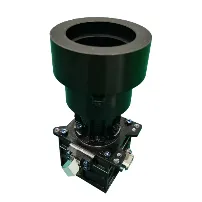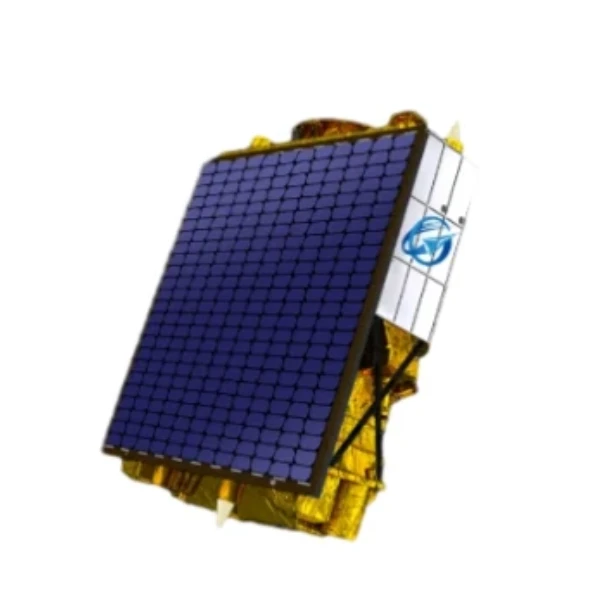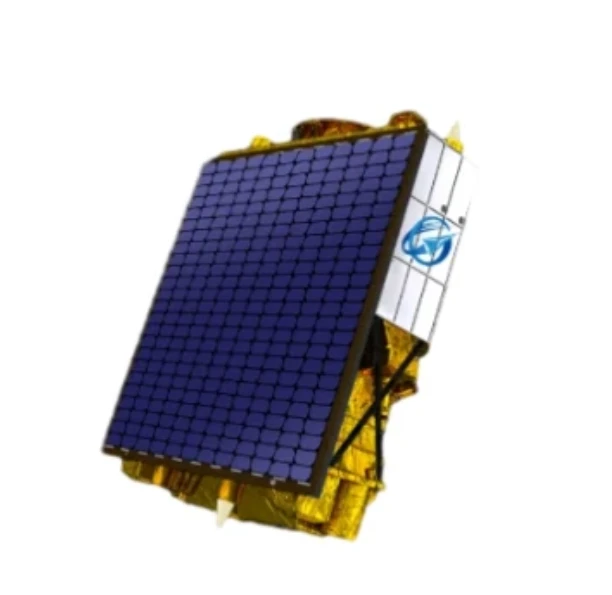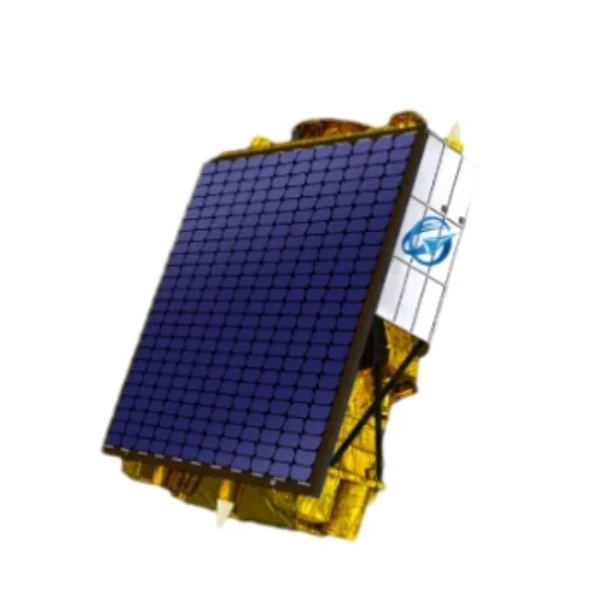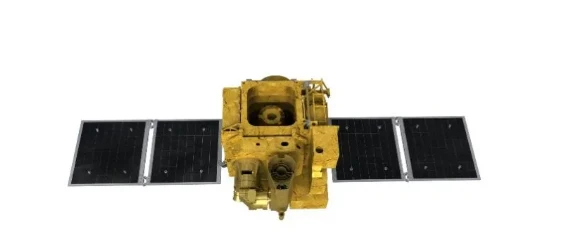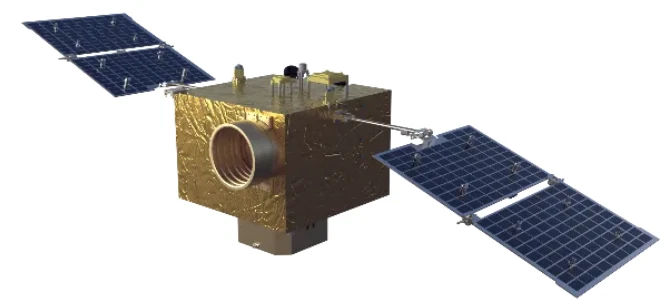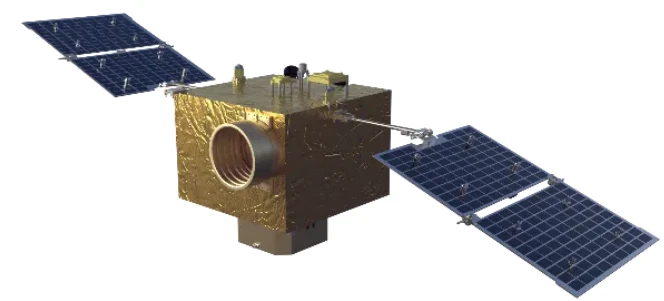
- Moafrika
- Sealbania
- Seamharic
- Searabia
- Searmenia
- Se-Azerbaijani
- Sebasque
- Sebelarusia
- Benghali
- Sebosnia
- Se-Bulgaria
- Secatalan
- Sebuano
- China
- Corsican
- Secroatia
- Czech
- Sedanishe
- Se-Dutch
- Senyesemane
- Esperanto
- Seestonia
- Sefinnishe
- Sefora
- Sefrisia
- Segalician
- Segeorgia
- Sejeremane
- Segerike
- Segujarati
- Secreole sa Haiti
- Hausa
- siwaiian
- Seheberu
- Che
- Miao
- Se-Hungary
- Seiceland
- igbo
- Seindonesia
- irish
- Setaliana
- Sejapane
- Se-Javanese
- Kannada
- kazakh
- Khmer
- Rwanda
- Sekorea
- Sekurdish
- Sekyrgyz
- Mosebetsi
- Selatine
- Selatvia
- Selithuania
- Se-Luxembourgish
- Semacedonia
- Semalagasy
- Semalay
- Semalayalam
- Semalta
- Semaori
- Marathi
- Mongolian
- Myanmar
- tsa Nepali
- Norwegian
- Norwegian
- Occitan
- Sepashto
- Sepersia
- Sepolishe
- Sepotoketsi
- Sepunjabi
- Seromania
- Serussia
- Sesamoa
- Segaeli sa Scotland
- Seserbia
- Senyesemane
- Seshona
- Sindhi
- Sesinhala
- Seslovak
- Seslovenia
- Somalia
- Sepanish
- Sesundanese
- Seswahili
- Seswedishe
- Setagalog
- Se-Tajik
- Setamil
- Setatare
- Setelugu
- Sethai
- Se-Turkey
- Turkmen
- Seukraine
- Seurdu
- Uighur
- Seuzbek
- Sevietnam
- Welsh
- Thusa
- Yiddish
- Yoruba
- Sezulu
Sensor sa linaleli
Lintlha tsa Lihlahisoa
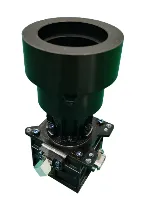
|
Khoutu ea Sehlahisoa |
CG-DJ-SS-5″ |
|
Ho Nepaha ha Angular |
5″ |
|
Quaternion Update Rate |
8Hz |
|
Tšebeliso ea Matla |
≤2.5W |
|
Boima ba 'mele |
≤0.4kg |
|
Phepelo Cycle |
Likhoeli tse 12 |
The Star Sensor is an advanced optical device used in satellite navigation and attitude control systems to determine the orientation and position of a satellite relative to distant stars. This sensor operates by capturing the light from stars, which is then processed to calculate the satellite's attitude with high precision. The star sensor uses optical detectors and advanced algorithms to identify star patterns and compare them with a star catalog for accurate position determination. The system is designed to work in the harsh conditions of space, including high radiation levels and extreme temperatures, ensuring reliable operation over long mission durations. Star sensors are integral for autonomous satellite navigation and are commonly used in spacecraft for precise attitude control, particularly in deep space exploration and earth observation satellites. Their high accuracy and minimal dependence on external references make them a preferred solution for stable, autonomous positioning during complex space missions.
